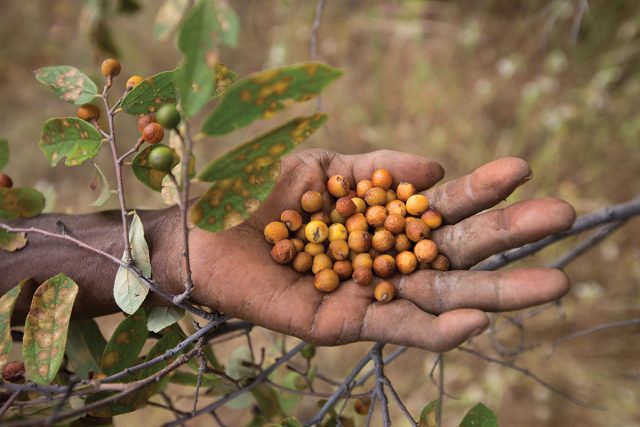MI weekly selection #247

Gut microbes change seasonally in Tanzania’s Hadza people
The gut microbes of a tribe of hunter-gatherers in Tanzania change along with the seasons. Researchers collected stool samples from the Hadza and found that not only is their gut microbiome diverse, it changes along with the Hadza diet, which consists of meat and tubers during the dry season and more honey and berries during the wet season.
Fossils of 3 young dinosaurs found huddled together
A block of stone found in Mongolia contains the fossils of three young dinosaurs who died nestled together while sleeping. The long-necked dinosaurs with toothless beaks lived between 145 million and 65 million years ago during the Cretaceous period and are likely a new species of oviraptorid.
Babylonians may have used clay tablet for trigonometry
An ancient clay tablet known as Plimpton 322 may be one of the oldest trigonometric tables ever found. The tablet, which dates back to about 1762 B.C., may have been used by Babylonians to work with ratios.
Chipped teeth indicate Homo naledi‘s diet featured hard foods
Lots of chipping on Homo naledi‘s teeth indicates the humanlike species’ diet likely consisted of hard foods, such as raw tubers, nuts and seeds, or contaminants such as grit.
Waste energy harvested by yarn made of twisted carbon nanotubes
A yarn made of twisted carbon nanotubes has been developed to harvest energy from such things as ocean waves or body movements. The device is called a twistron harvester and performs better than earlier energy-harvesting devices, its creators say.